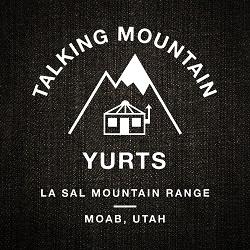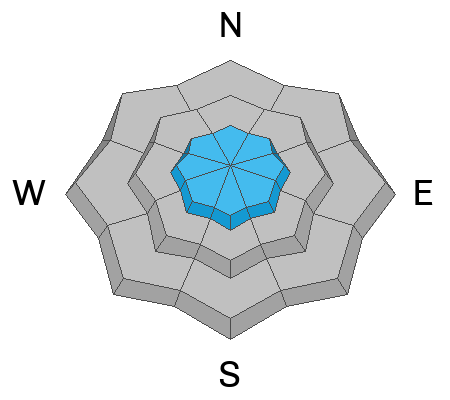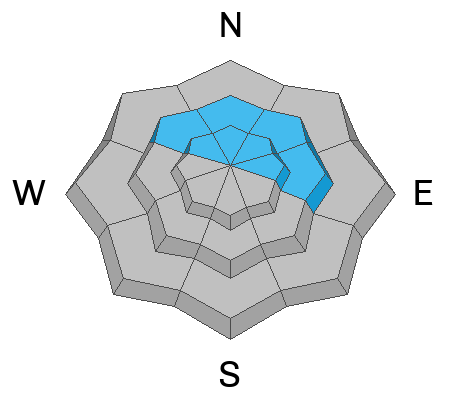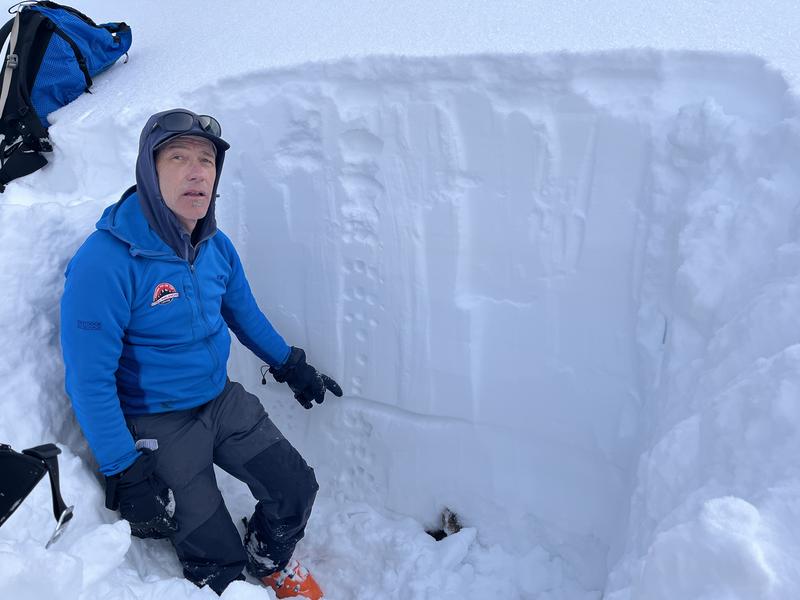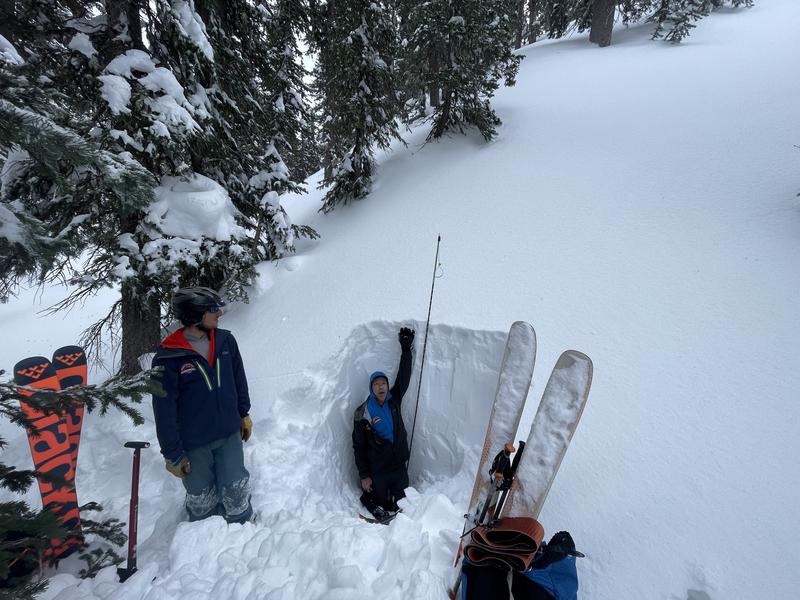Forecast for the Moab Area Mountains

Issued by Eric Trenbeath on
Monday morning, January 23, 2023
Monday morning, January 23, 2023
A MODERATE danger exists for human triggered avalanches involving slabs of wind drifted snow on all aspects primarily above treeline. Drifts may also be found at lower elevations in wind exposed terrain so keep your eyes out for smooth, rounded deposits of wind drifted snow.
On northerly aspects, a low probability/high consequence scenario remains for dangerous, human triggered avalanches failing on a buried persistent weak layer. Thinner snowpack areas, and areas of very steep, rocky, radical terrain are where you are most likely to find this problem.
Most other terrain has generally LOW danger.
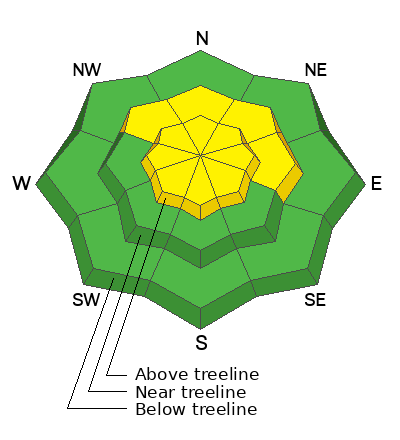
Low
Moderate
Considerable
High
Extreme
Learn how to read the forecast here



